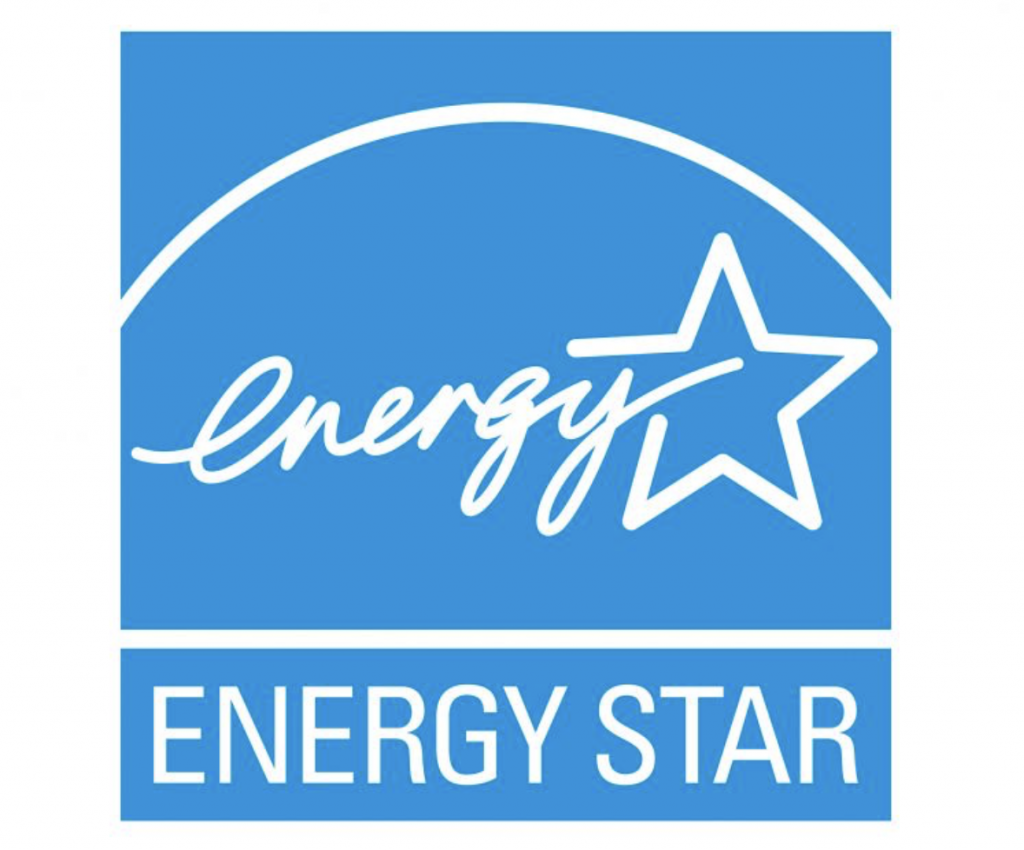Energy Star Appliances May Not Save You As Much As You Think
Energy Star appliances may be overrated int he savings department.
This article is more than 2 years old

Energy Star appliances are no different than everyday standard products – except for one key aspect. They use a lot less energy. To earn an Energy Star rating these gadgets have to meet strict energy efficiency criteria set by the United States Environmental Protection Agency or the US Department of Energy. Since they use less power, these appliances save money on electric bills and help protect the environment by causing fewer harmful emissions from power stations. And folks still get the features and quality they expected from a purchase.
As such, energy-efficient appliances are often marketed as cost-effective. But how much do consumers actually save? The answer is a lot more complex than a simple yes or no. According to the founder and CEO of Rise Matt Daigle, these more efficient products will save 10% to 50% of the energy required to run an equivalent non-energy-saving appliance. But this depends on the comparison model and much more if you are replacing an old gadget, says SaveOnEnergy.
It’s also worth noting that the impact of an Energy Star appliance will vary depending on how much the product is used. Other factors come into play too. For instance, suppliers in some locations charge more for energy used during peak hours. So if a utility company works on a time-of-use system, folks might pay more for using these appliances during times when the demand for energy is greater, CNET reports.
However, investing in an Energy Star appliance is by no means a lost cause. These products will still run more efficiently and use less energy than their ordinary counterparts – only the savings won’t be as much as expected. One sure-fire way that these gadgets will save your wallet is through tax credits. Some cities, states, and the federal government have incentive programs in place to encourage people to purchase energy-efficient products. This makes Energy Star products a smart choice.

For these reasons, the Energy Star label is important for anyone who plans to buy a new product or appliance. So as a rule, the EPA has a few guiding principles to determine which products get the coveted label. Moreover, Energy Star does not create different levels of energy efficiency. It simply applies certification to any product that qualifies. But there is a list of the most efficient appliances in each category. Products that earn this achievement get a label that says the product is the most efficient in its category for a given year.
While the system may not be perfect, Energy Star appliances are designed to use the minimum amount of energy needed to complete their function. To do this products use innovative means like enhanced insulation, cold water settings, precision controls, air circulation technology, and more. As people gravitate toward more eco-friendly products, most popular manufacturers have shifted their focus to include more certified appliances in their repertoire. This has helped to lower the cost of energy-efficient products, making them an affordable alternative for anyone who wants to save money and the environment.





